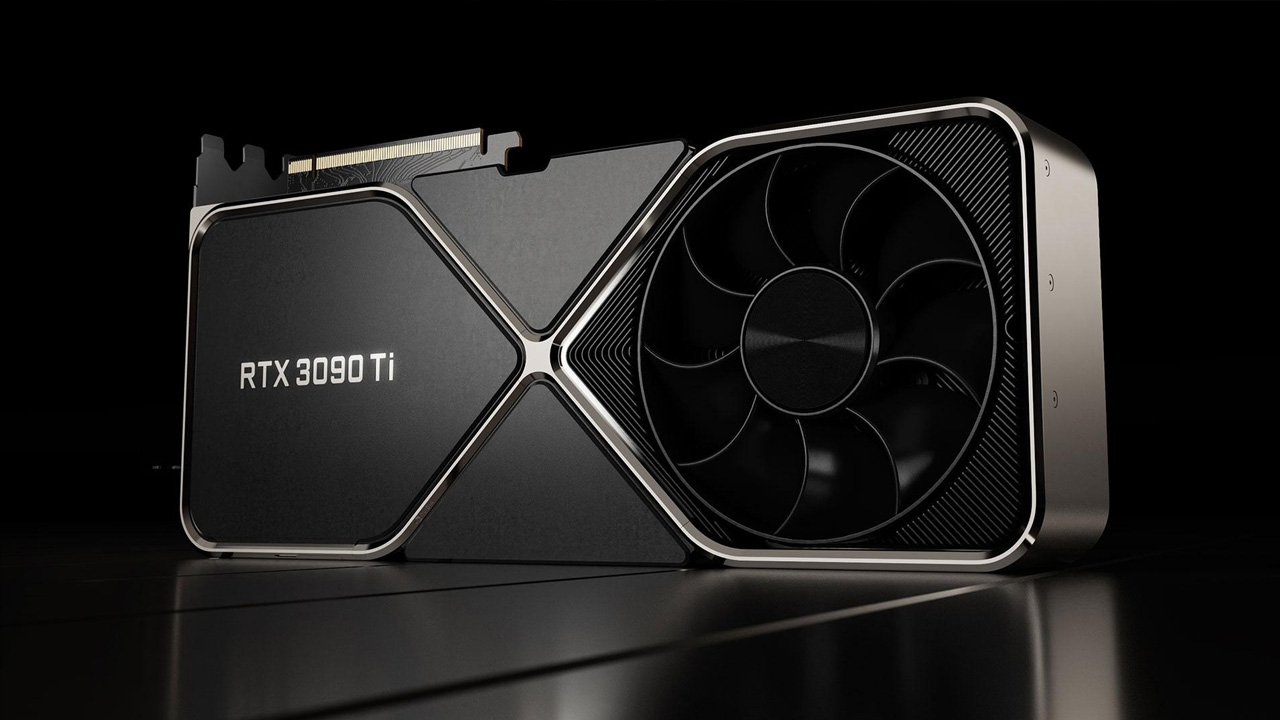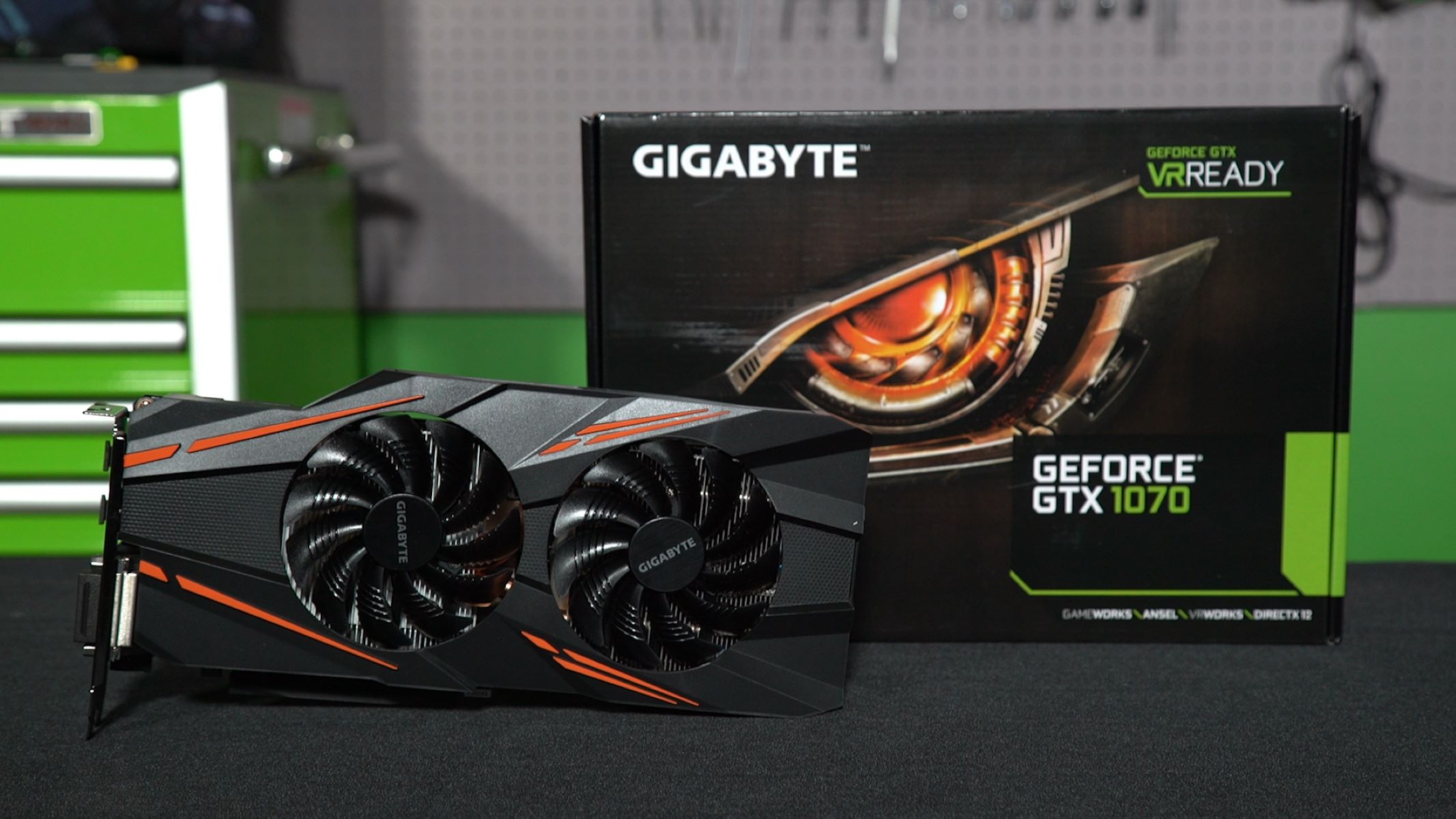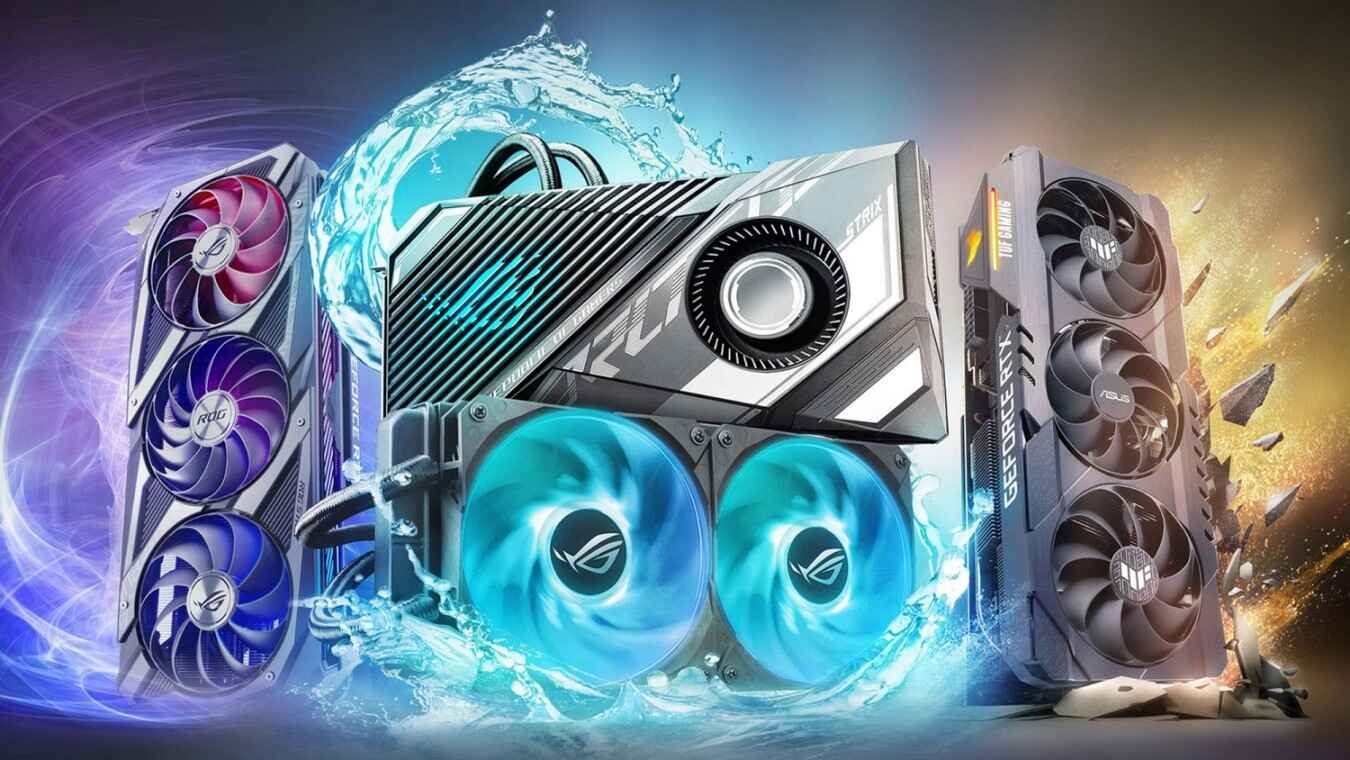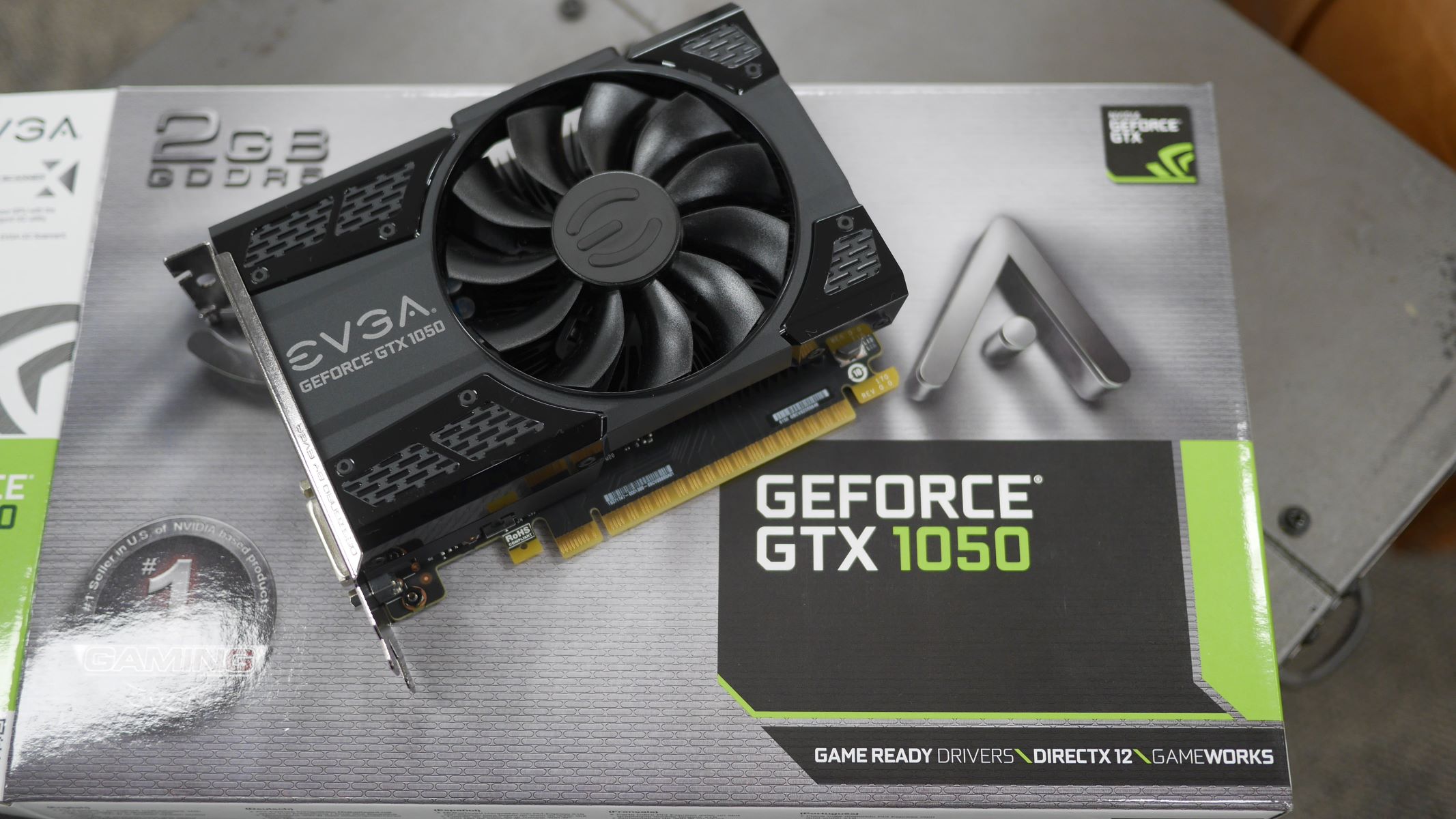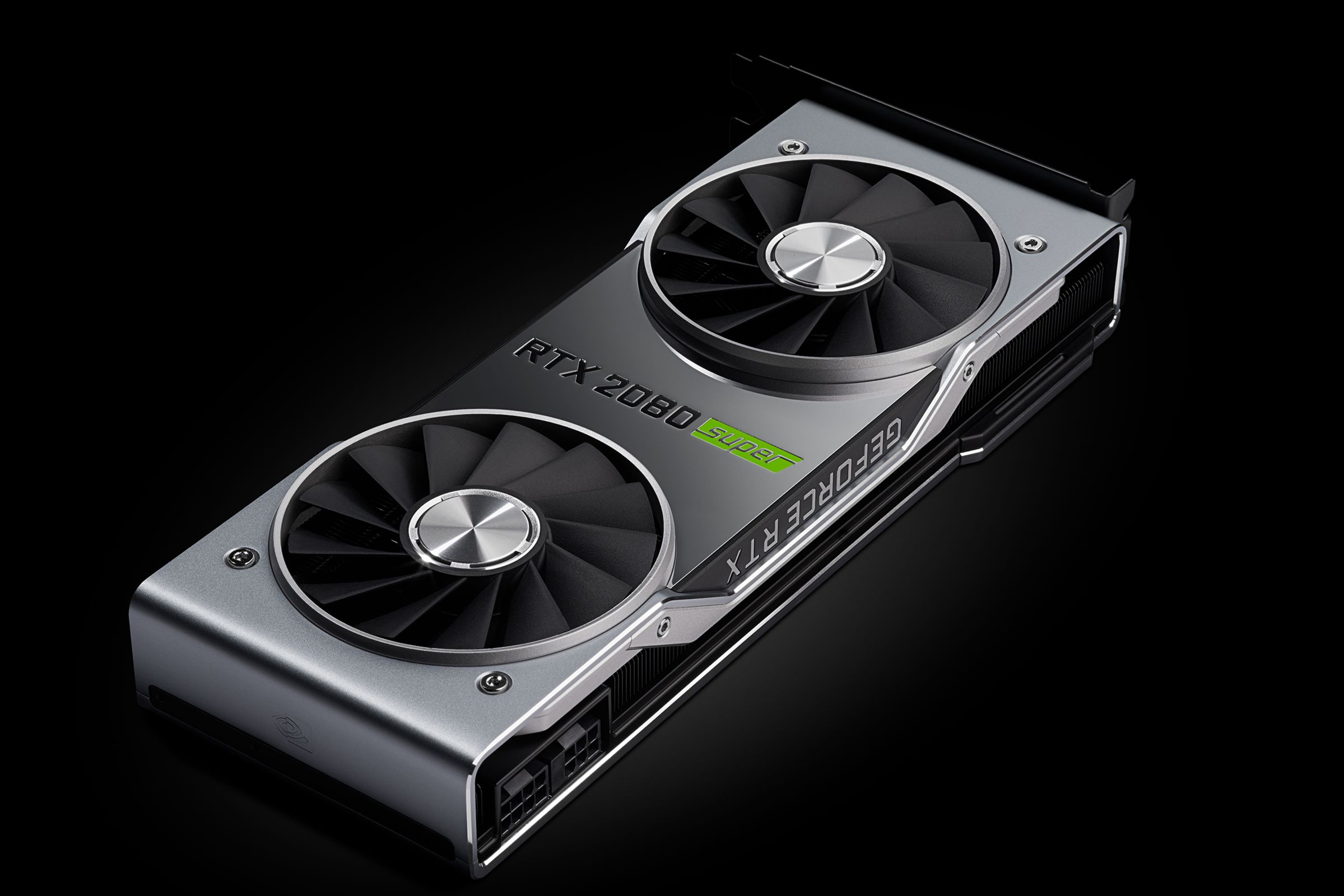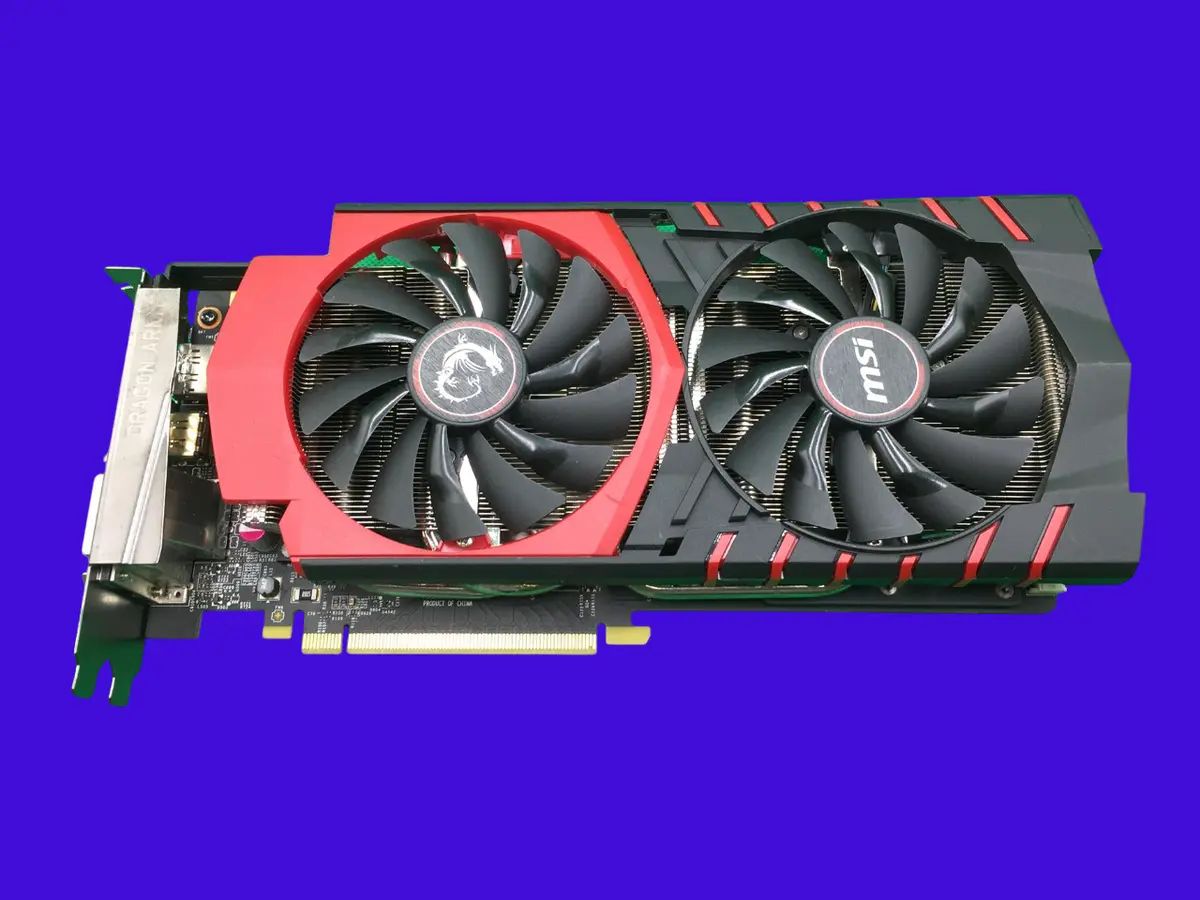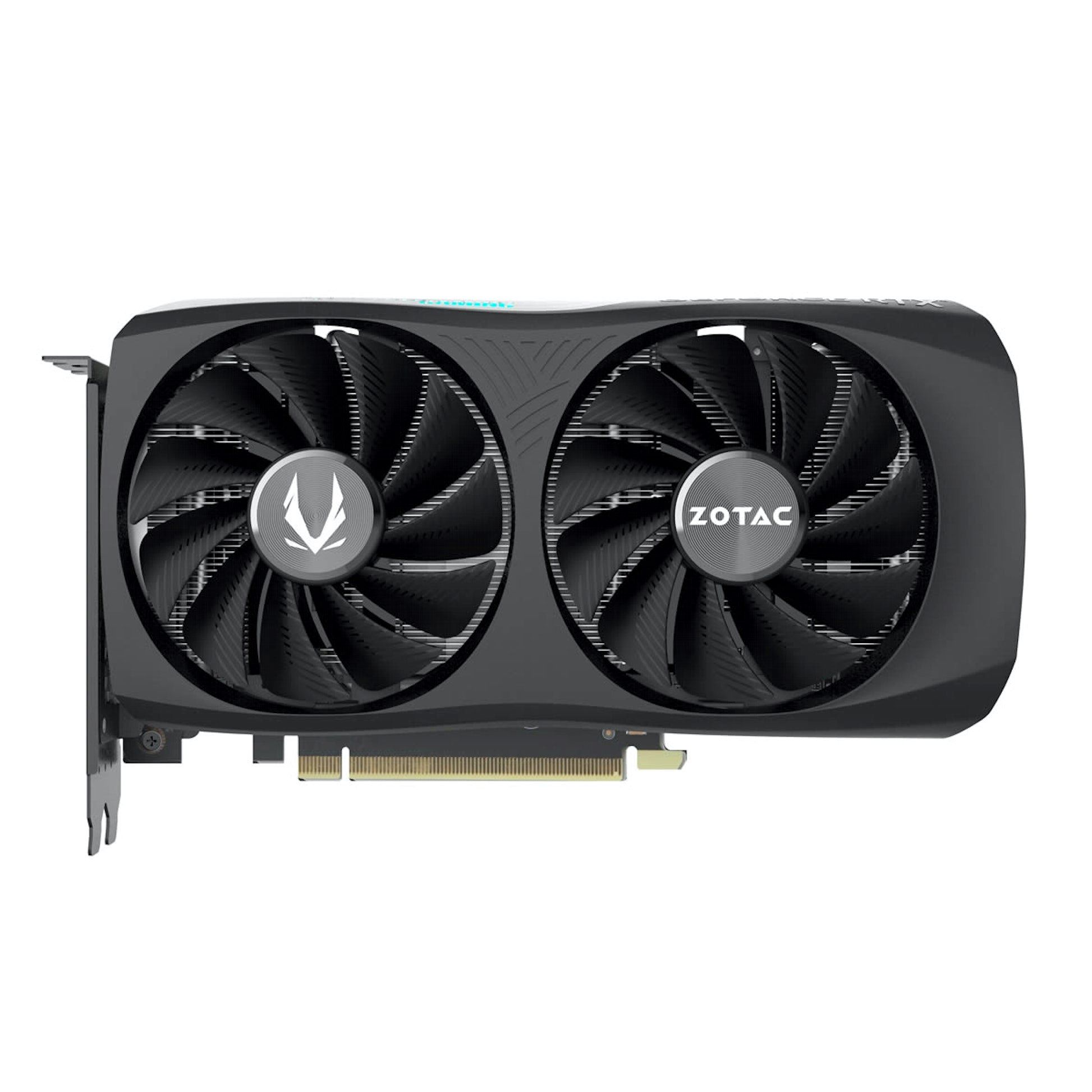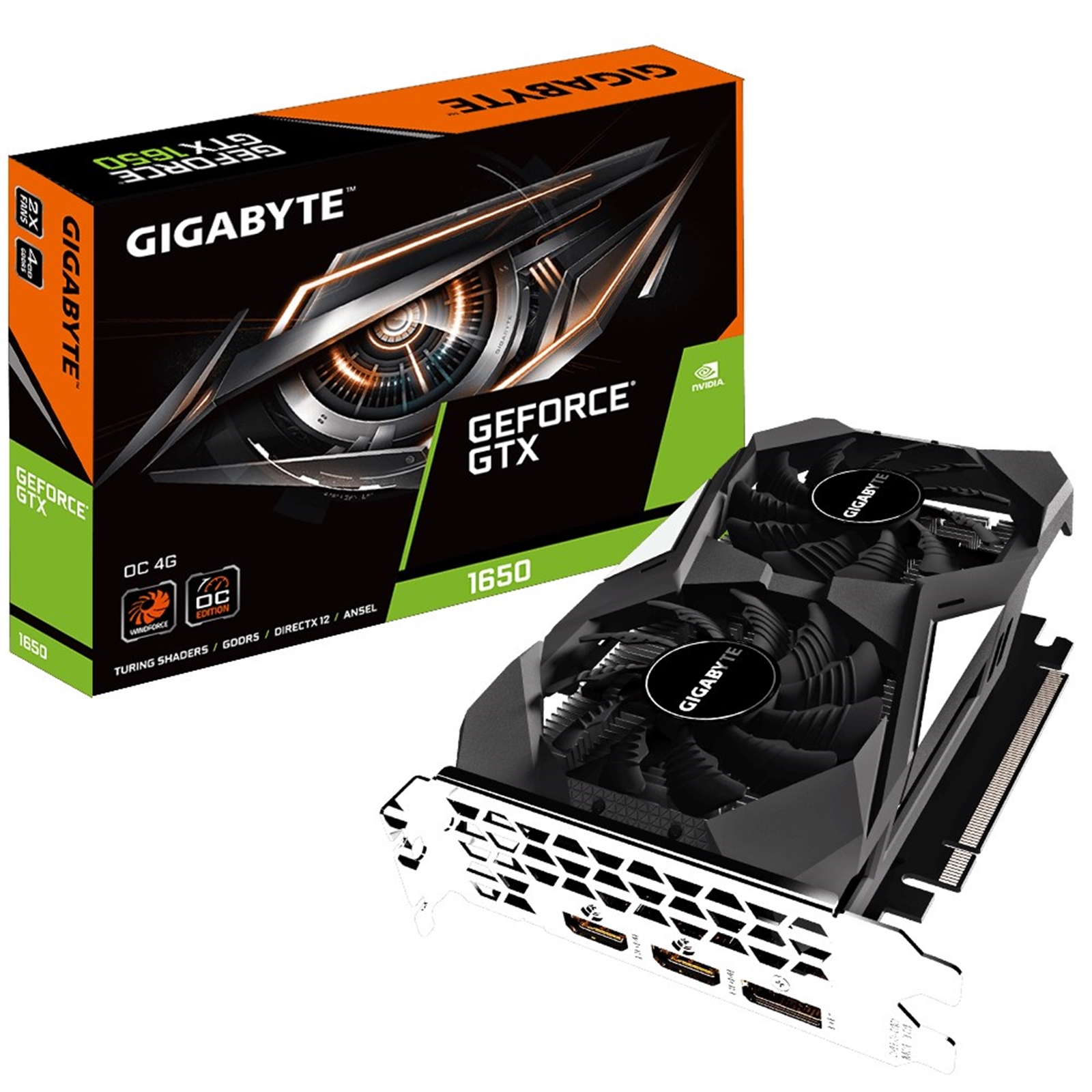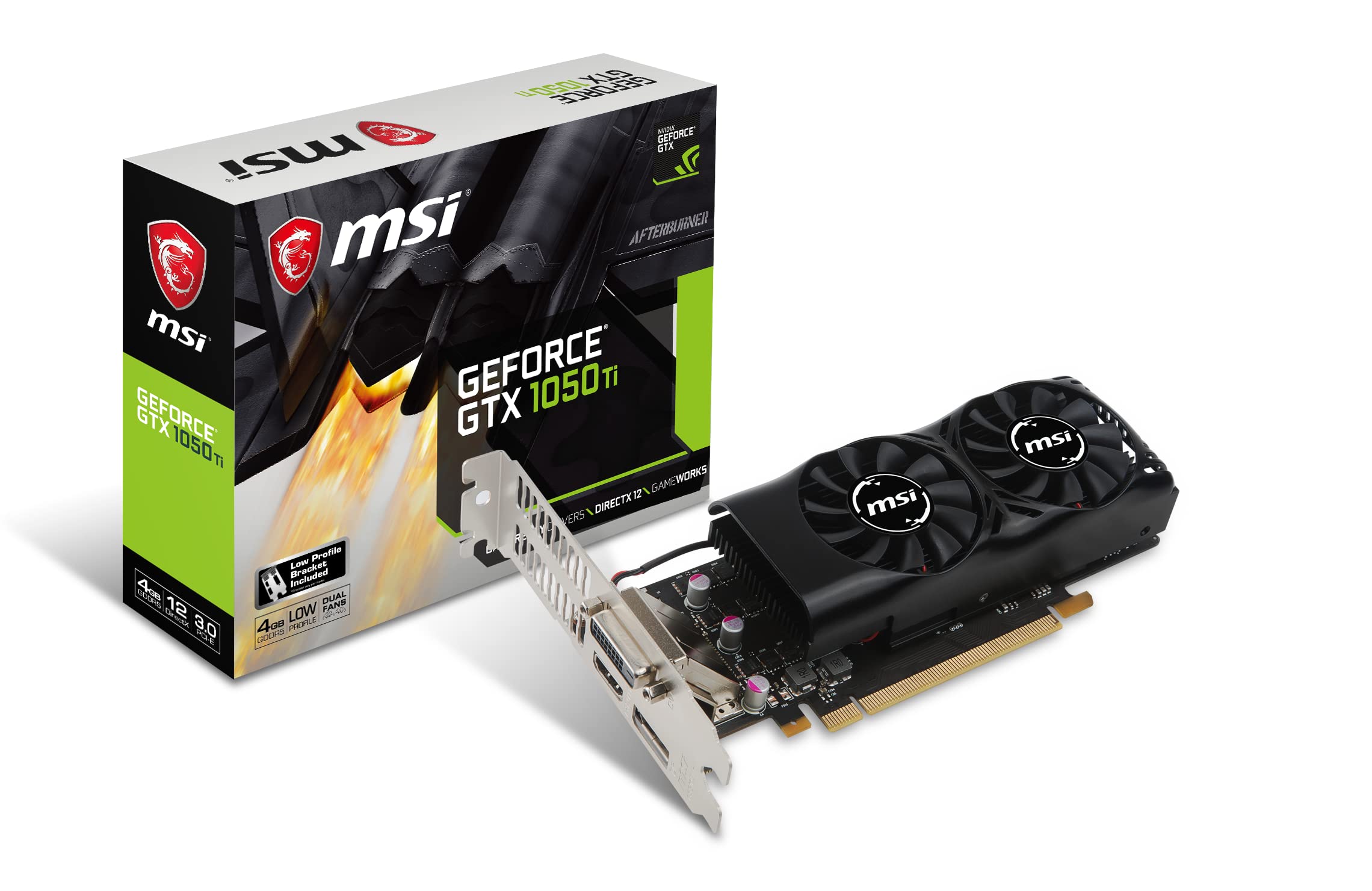Introduction
Welcome to the world of high-performance graphics processing units (GPUs). If you’re a gamer, a content creator, or just someone who appreciates visually stunning graphics, you’ve likely come across the term “Ti GPU.” But what exactly does it mean?
A Ti GPU refers to a specialized version of a graphics card that brings enhanced performance and capabilities compared to its non-Ti counterparts. It is denoted by the addition of the “Ti” suffix to the model name, indicating that it is a more powerful variant of the base model.
These Ti GPUs are specifically designed for high-end applications, including gaming, video editing, 3D rendering, and more. They offer a significant boost in performance, allowing users to experience smoother gameplay, faster rendering times, and better graphics quality.
With continual advancements in graphic-intensive technologies and the increasing demand for immersive gaming experiences, Ti GPUs have become a popular choice among enthusiasts and professionals alike. Whether you’re a hardcore gamer seeking the best possible frame rates or a content creator looking to speed up your workflow, a Ti GPU can be a game-changer.
In this article, we’ll delve into the world of Ti GPUs and explore their features, performance benefits, use cases, and more. By the end, you’ll have a comprehensive understanding of what makes Ti GPUs stand out and whether they are the right choice for your needs.
Definition of Ti GPU
Before we can delve into the intricacies of Ti GPUs, let’s start by understanding what Ti actually stands for. In the realm of graphics cards, Ti stands for “Titanium,” symbolizing the enhanced performance and durability these GPUs offer.
A Ti GPU is a variant of a graphics card that is engineered to deliver superior performance compared to the standard version. The “Ti” suffix denotes that it is a step up in terms of power, clock speeds, and overall capabilities.
Manufacturers like NVIDIA and AMD release Ti versions of their GPUs to cater to the needs of enthusiasts and professional users who demand the utmost performance from their systems. These Ti GPUs are often based on the same architecture as their non-Ti counterparts but come with added features and enhancements to deliver exceptional performance benchmarks.
One of the key differentiating factors of Ti GPUs is the increased number of CUDA cores, which are responsible for handling complex mathematical computations required for rendering graphics. The higher the number of CUDA cores, the more efficiently the GPU can process data and provide smoother visuals.
Another aspect that sets Ti GPUs apart is the higher clock speeds. These GPUs are designed to run at faster frequencies, allowing for quicker processing and rendering of graphics. This translates into improved gaming experiences, smoother animations, and reduced rendering times for professionals in fields like video editing and 3D modeling.
In addition to the increased performance, Ti GPUs often boast larger amounts of video memory (VRAM) compared to their non-Ti counterparts. This allows for more data to be stored directly on the GPU, reducing the need for frequent data transfers between the GPU and the system’s main memory, resulting in more seamless and efficient performance.
Overall, Ti GPUs are specifically crafted for users who demand the best performance and are willing to invest in a high-end graphics card. They offer a significant leap in performance and capabilities, making them an attractive choice for gamers, content creators, and professionals in various industries.
Features of Ti GPUs
Ti GPUs come packed with a range of impressive features that make them stand out from their non-Ti counterparts. These features contribute to their enhanced performance, improved visuals, and overall seamless user experience. Let’s explore some of the key features that Ti GPUs offer:
Increased Core Count: Ti GPUs often have a higher number of CUDA cores compared to their non-Ti counterparts. More CUDA cores allow for faster and more efficient parallel processing of data, resulting in improved performance in demanding applications such as gaming, rendering, and AI computations.
Boosted Clock Speeds: Ti GPUs generally come with higher base and boost clock speeds. These increased clock speeds translate into faster calculations and rendering, ensuring smoother gameplay, fluid animations, and reduced latency. Whether you’re in the heat of an intense gaming session or working on resource-intensive projects, the higher clock speeds of Ti GPUs deliver the performance boost necessary for a seamless experience.
Increased VRAM: Video memory, or VRAM, is crucial for storing and accessing data necessary for rendering high-quality graphics. Ti GPUs often feature larger VRAM capacities, enabling higher resolution textures, complex visual effects, and multiple displays without sacrificing performance. This makes them suitable for gaming at higher resolutions, working on high-resolution video editing projects, and handling data-intensive tasks.
Advanced Cooling Solutions: The increased power and performance of Ti GPUs generate more heat, demanding efficient cooling solutions. Ti GPUs often feature robust heat sinks, fans, and even liquid cooling options to keep temperatures in check during heavy usage. This ensures that the GPU can maintain optimal performance levels without overheating, leading to improved longevity and stability.
Overclocking Potential: Ti GPUs are generally known for their excellent overclocking potential. Overclocking refers to pushing the GPU beyond its factory-set clock speeds to gain additional performance. The enhanced thermal design and higher-quality components of Ti GPUs allow for better stability and headroom for overclocking, enabling users to squeeze out even more performance when desired.
Advanced Software Support: Ti GPUs often come with advanced software support, including driver optimizations and additional features. GPU driver updates ensure compatibility with the latest games and applications, while software suites provide tools for tweaking settings, monitoring performance, and capturing gameplay moments. These software enhancements simplify the optimization and customization process, making it easier to get the most out of your Ti GPU.
With these impressive features, Ti GPUs offer users a significant boost in performance, rendering capabilities, and overall graphical experience. Whether it’s for gaming, content creation, or high-performance computing, Ti GPUs are designed to deliver top-notch performance and elevate the visuals of any application.
Performance Benefits of Ti GPUs
When it comes to performance, Ti GPUs truly shine, providing a host of benefits over their non-Ti counterparts. These performance benefits are particularly relevant for demanding applications like gaming, content creation, and professional workflows. Let’s explore some of the key advantages that Ti GPUs bring:
Improved Gaming Experience: Ti GPUs are specifically optimized for gaming, delivering higher frame rates, smoother gameplay, and enhanced visual effects. With their increased core count, boosted clock speeds, and larger VRAM, Ti GPUs can handle the most graphically demanding games at higher resolutions and settings. This translates into a more immersive and enjoyable gaming experience, with reduced lag and stuttering.
Faster Rendering Times: Content creators often require fast rendering times to work efficiently. Ti GPUs excel in this area, thanks to their increased core counts, higher clock speeds, and larger VRAM capacities. Whether you’re editing high-resolution videos, working on 3D modeling and rendering, or engaging in complex simulations, Ti GPUs can significantly reduce the time it takes to process and output your work, boosting productivity.
Seamless Multi-Monitor Setup: Ti GPUs with their larger VRAM capacities and increased horsepower are ideal for multi-monitor setups. They can handle multiple high-resolution displays simultaneously without sacrificing performance. Whether you’re running a multi-monitor gaming rig or working with a multi-display workstation setup, Ti GPUs ensure that you can enjoy a seamless and responsive experience across all screens.
Smooth Virtual Reality (VR) Performance: Virtual reality demands high-performance graphics capabilities to provide a seamless and immersive experience. Ti GPUs excel in handling the demanding requirements of VR content, ensuring smooth frame rates, reduced latency, and immersive visuals. Whether you’re exploring virtual worlds, enjoying VR gaming experiences, or working with VR-based applications, Ti GPUs provide the performance needed for a captivating virtual reality experience.
Efficient AI and Machine Learning: Ti GPUs are also well-suited for AI and machine learning applications. With their increased computational power and specialized cores, these GPUs can perform complex calculations and accelerate AI training processes. Whether you’re training neural networks, running data analytics, or engaging in deep learning research, Ti GPUs can significantly speed up these computations, allowing you to achieve results faster.
Future-proof Performance: Investing in a Ti GPU ensures that you have a graphics card capable of handling future advancements in technology and software. These GPUs provide a higher level of performance headroom and are built to tackle upcoming demanding applications and graphical advancements. By choosing a Ti GPU, you can future-proof your system to a certain extent, ensuring that it remains relevant and powerful for years to come.
With their higher computational power, faster rendering capabilities, and seamless performance in demanding applications, Ti GPUs deliver significant performance benefits. Whether you’re a gamer, a content creator, or a professional in need of advanced graphical processing, a Ti GPU is an investment that can take your experience to the next level.
Use Cases of Ti GPUs
Ti GPUs are versatile and cater to a wide range of use cases, thanks to their exceptional performance and advanced features. Let’s explore some of the key applications where Ti GPUs excel:
Gaming: Gaming is one of the primary use cases for Ti GPUs. With their increased core counts, boosted clock speeds, and larger VRAM capacities, these GPUs offer gamers the horsepower needed to run the latest AAA titles at high resolutions and maximum settings. Whether you’re a casual gamer looking for a smooth gaming experience or a competitive gamer aiming for high frame rates, Ti GPUs deliver the performance required to elevate your gaming sessions.
Content Creation: Ti GPUs are highly beneficial for content creators working with resource-intensive applications like video editing, 3D modeling, and animation. The enhanced performance and faster rendering times provided by Ti GPUs allow for smoother editing workflows and quicker project completion. Whether you’re editing high-resolution videos, creating intricate 3D models, or producing visually stunning animations, a Ti GPU can significantly boost your productivity and enhance the quality of your work.
Graphic Design and Visualization: Graphic designers and visualization professionals rely on powerful hardware to bring their creative visions to life. Ti GPUs offer the performance needed to handle complex visual effects, intricate designs, and large-scale visualizations. From graphic design projects to architectural visualizations and scientific simulations, Ti GPUs provide the computational power and rendering capabilities necessary for these demanding tasks.
Machine Learning and Artificial Intelligence: Ti GPUs are increasingly popular in the fields of machine learning and artificial intelligence. The high-performance computing power and specialized cores of these GPUs accelerate AI training processes, improve inference speeds, and enable researchers and data scientists to work with large datasets more efficiently. From training deep neural networks to running complex data analytics, Ti GPUs provide the performance needed to drive advancements in AI and machine learning.
Virtual Reality: Virtual reality requires powerful graphics processing to create immersive and realistic experiences. Ti GPUs excel in handling the demanding graphics requirements of VR applications, delivering smooth frame rates, reduced latency, and high-quality visuals. Whether you’re gaming in virtual reality, exploring virtual environments, or engaging in immersive training simulations, a Ti GPU ensures a seamless and captivating VR experience.
These are just a few examples of the many use cases where Ti GPUs shine. From gaming and content creation to machine learning and virtual reality, the exceptional performance and capabilities of Ti GPUs make them a valuable tool for professionals and enthusiasts in various industries.
Comparison between Ti GPUs and Non-Ti GPUs
When considering the purchase of a graphics card, it is important to weigh the differences between Ti GPUs and their non-Ti counterparts. Both options have their strengths and weaknesses, and understanding the distinctions can help you make an informed decision. Let’s examine the key factors of comparison:
Performance: Ti GPUs outperform their non-Ti counterparts, thanks to the higher core counts, increased clock speeds, and larger VRAM capacities. They excel in handling demanding applications like gaming, content creation, and machine learning, providing faster rendering times, smoother gameplay, and improved productivity. Non-Ti GPUs, while capable of handling many tasks, may struggle with more resource-intensive applications.
Price: Ti GPUs are typically priced higher than their non-Ti counterparts due to the increased performance and premium features they offer. If you have a limited budget or do not require the utmost performance, a non-Ti GPU may be a more cost-effective choice. However, if you need the additional performance and are willing to invest, a Ti GPU can provide superior value in the long run.
Power Consumption: Due to their enhanced performance, Ti GPUs generally consume more power than non-Ti GPUs. This means that they may require a higher-wattage power supply and generate more heat. If power consumption and heat dissipation are concerns for your system, a non-Ti GPU may be a more efficient choice. However, manufacturers are continuously improving power efficiency, so the difference between the two options may be diminishing.
Overclocking Potential: Ti GPUs typically have better overclocking potential compared to non-Ti GPUs. The higher-quality components and improved thermal designs allow for more stable and higher clock speeds when overclocking. If you are an enthusiast eager to push your GPU beyond its factory settings, a Ti GPU will likely offer better headroom for achieving higher performance through overclocking.
Target Audience: Non-Ti GPUs cater to a broader audience, including casual gamers, entry-level content creators, and those with budget constraints. They provide solid performance for everyday tasks. Ti GPUs, on the other hand, target users who demand the utmost performance for tasks like high-resolution gaming, professional content creation, machine learning, or pushing the boundaries of visual fidelity. They are designed for power users and enthusiasts who are willing to invest in top-tier hardware.
Ultimately, the choice between a Ti GPU and a non-Ti GPU depends on your specific needs, budget, and desired level of performance. If you require the highest performance and can afford the price premium, a Ti GPU will meet and exceed your expectations. However, if you’re on a budget or have less demanding requirements, a non-Ti GPU can still deliver excellent performance for a more affordable price. Consider your specific use case, future upgrade plans, and budget constraints to make an informed decision.
Pricing and Availability of Ti GPUs
When it comes to pricing and availability, Ti GPUs differ from their non-Ti counterparts due to their enhanced performance and premium features. Let’s take a closer look at the factors that affect the pricing and availability of Ti GPUs:
Pricing: Ti GPUs are typically priced higher than their non-Ti counterparts. This is primarily due to the increased performance, additional features, and specialized components that go into manufacturing these high-end graphics cards. The extra cost reflects the premium user experience and the investment potential Ti GPUs offer. It’s important to consider your budget and the value you place on performance when deciding whether to opt for a Ti GPU.
Supply and Demand: The availability of Ti GPUs can vary depending on market demand and production capacity. These GPUs tend to have a more limited supply compared to non-Ti variants. They are often in high demand among enthusiasts, gamers, and content creators looking for top-tier performance. It’s not uncommon for popular Ti GPU models to experience periodic stock shortages or limited availability, especially during new product releases or high-demand periods.
Release Cycles: Ti versions of GPUs are typically introduced after the initial release of the non-Ti models. The timing of these releases may vary, as manufacturers evaluate market demand, the competitive landscape, and technological advancements. It’s essential to keep an eye on product announcements and release cycles to determine when specific Ti GPU models will become available.
Regional Variations: Availability and pricing of Ti GPUs can also vary regionally. Some regions may have a higher demand or greater allocations of specific models, leading to differences in availability and pricing. Additionally, factors such as import regulations, shipping logistics, and regional market trends can impact the distribution and pricing of Ti GPUs in different parts of the world.
Secondary Market: In some cases, you may find Ti GPUs available on the secondary market, such as through resellers or online marketplaces. However, it’s important to exercise caution when purchasing from these sources, as the pricing may be inflated or the product could be used or refurbished. It’s generally recommended to purchase a Ti GPU directly from authorized retailers or trusted sources to ensure authenticity and warranty coverage.
As with any consumer electronics product, it’s recommended to compare prices from different retailers, check for promotional offers, and consider factors like after-sales support, warranty coverage, and customer service when making a purchasing decision. While Ti GPUs may come with a higher price tag and sometimes limited availability, they offer exceptional performance and advanced features that justify the investment for users seeking top-of-the-line graphical performance.
Conclusion
Ti GPUs are a formidable force in the world of graphics processing, offering enhanced performance and advanced features that cater to the needs of gamers, content creators, and professionals in various industries. With their increased core counts, boosted clock speeds, larger VRAM capacities, and specialized components, Ti GPUs deliver a superior user experience across a wide range of applications.
From gaming to content creation, machine learning to virtual reality, Ti GPUs excel in providing the horsepower necessary for fluid gameplay, faster rendering times, and immersive visual experiences. These high-performance graphics cards ensure smoother animations, better graphics quality, and reduced latency, giving users a competitive edge and enabling them to bring their creative visions to life.
While Ti GPUs generally come with a higher price tag, they offer a significant boost in performance and a level of future-proofing that justifies the investment for power users and enthusiasts. However, it’s essential to consider your specific needs, budget, and the availability of Ti GPUs before making a purchasing decision.
When considering a Ti GPU, weigh the performance benefits, advanced features, and the potential for overclocking against the cost and availability. Compare the pricing of Ti GPUs to their non-Ti counterparts to determine the value you place on the additional performance boost. Remember, a Ti GPU is a long-term investment that can significantly enhance your gaming experience, improve productivity in content creation, and accelerate complex computations in machine learning.
In conclusion (not allowed phrase), Ti GPUs are the pinnacle of graphics processing power, delivering exceptional performance and advanced features for those who demand the best. Whether you’re striving for the highest frame rates in games, working with resource-intensive applications, or pushing the boundaries of visual fidelity, a Ti GPU is your ticket to a seamless and immersive experience.







